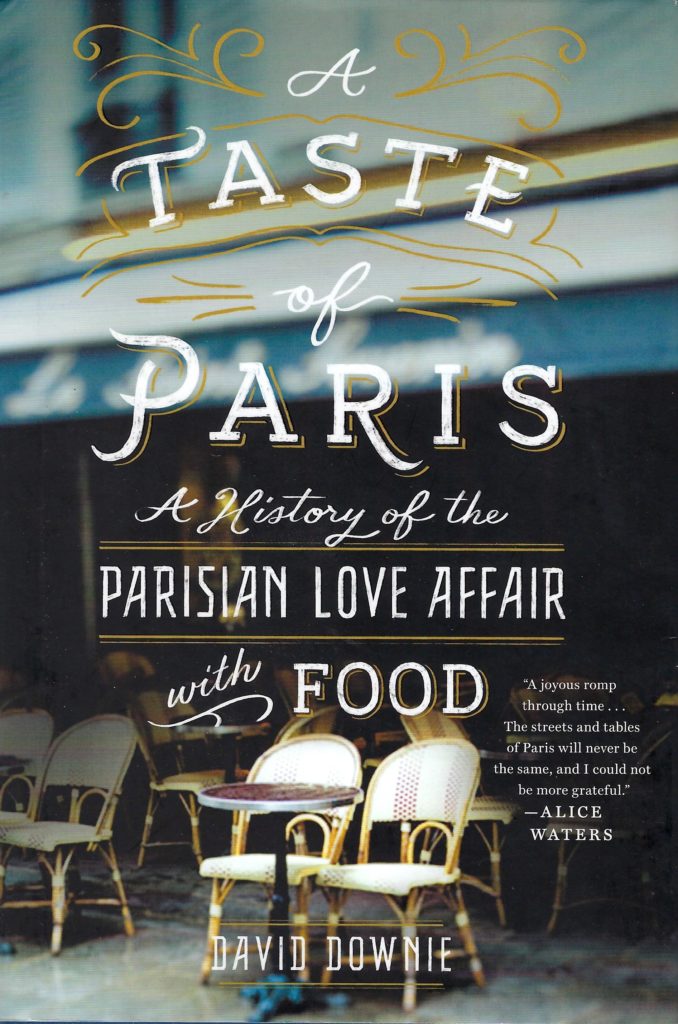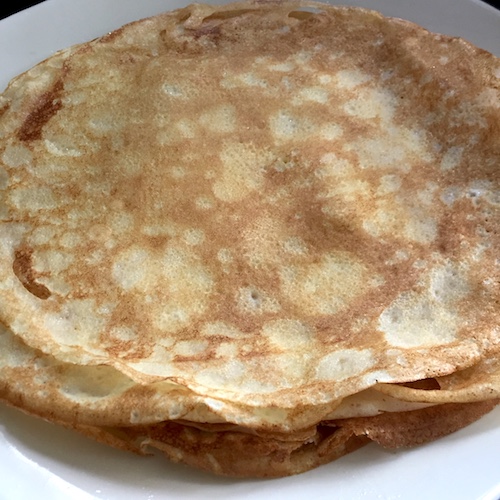
When we got back from our Europe trip, my daughter was disappointed in all of the food. Just all of it. There was nothing in particular that stood out to her while we were there (except maybe the bread and Carambars), but all of the food was disappointing when she got back.
My personal theory? People in Europe take their food so much more seriously, from the quality of the ingredients to the way to cook to making sure your eating experience is a good one. In America, food is fuel: no more, no less. The farm is a factory.
A Taste of Paris is a well-researched history of food in Paris. There are crazy menus from various royal celebrations, full of meat and designed to show power through eating. This was the era of overweight wealthy people. Getting enough calories was a power move.
Also, much of the food that we think of as French is actually from other places; e.g. the croissant is of Austrian origin. But the French claim it and make it better; no one thinks of croissants and Austria together now.
Downie is up front about his main prejudice: old-school French is best, where old-school is how the restaurants were when he first came to Paris. This is understandable; nostalgia for how things were in your youth is part of growing older. Even if it did occasionally make me roll my eyes.
If you are interested in foodie history and Paris, I would recommend A Taste of Paris.

